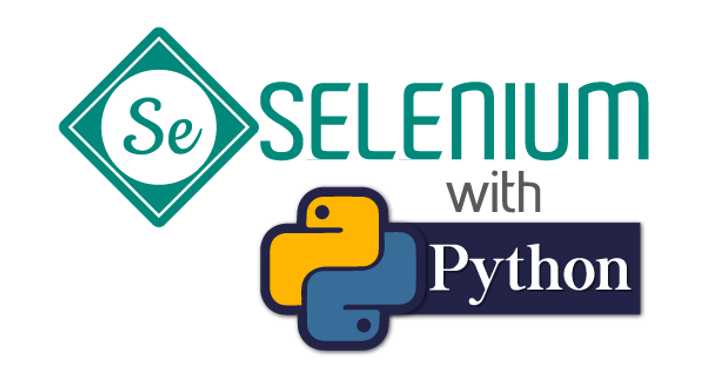Agile methodology is a people-focused, results-focused approach to software development that quickly modifies in the world. It’s centered on adaptive planning, self-organization, and short delivery times.
It performs tasks by admitting that the old “waterfall” method of software development leaves more to be desired. The main process of planning, designing, building, testing, deliver that works nice for manufacturing cars or may be buildings but good for creating software systems. Agile will work by walking the fine line between excessive process and not enough.
Agile methodology removes the risk that takes months and also for years on a process that finally fails as some small mistake in an early phase. It depends on believing their staff and teams know how to work directly with the customers to understand the goals and also provide solutions in an exceedingly incremental way.
- Faster, smaller- The traditional software development depends on levels like outlining requirements, planning, design, building, testing and also delivery. Agile methodology looks to deploy the primary exceedingly in a couple months.
- Communication- Agile teams within the business work along daily at every stage of the project through the face-face meetings. This collaboration and communication ensures the process and identify even as conditions change.
- Feedback- Then waiting until the delivery phase to gauge success teams leveraging Agile methodology track the success and speed of the development process.
- Trust- Agile teams and employees are self-organizing.
- Adjust- all the participants are visiting tuned and set of functions continually, Keep it simple principle.
Examples of Agile methodology are scrum which is the most normal example, Xtreme programming(XP), Feature-driven development, dynamic systems development method, Adaptive software development, crystal, and lean software.
Scrum has used software, it consists of steps like
- The product owner who make a prioritized list known as product backlog.
- The scrum team takes one small piece during the highest of the desired list called sprint backlog and plans to implement it.
- The team finishes their sprint backlog work in very sprint.They also assess progress a meeting called a daily scrum.
- The scrum master keeps the team always focussed on the goal.
How the scrum process works, consider an example where the bill meets with a customer to talk about the company’s requirements. The wants are the product backlogs. Bill selects the foremost significant work to be done in the next two weeks. His team meets in a daily scrum to target work for the day. In the end, the bill does the work, reviews the backlog, and sets the objective for the next sprint. This cycle always repeats.
Benefits of Agile methodology
The benefits of agile are covered directly to its faster, lighter, a more engaged mindset. The benefits are
- Faster- Speed is most largest benefits of agile methodology. Faster software development lifecycle which puts up less time between paying and getting paid.
- Increased customer satisfaction- Where agile, customers wont wait for months or years, they specifically get what they didn’t want. They mainly get steps or may be iterations quick.
- Values employees- Employees whose plans are given importance vastly more productive than those who are ordered just accept a set of rules. This agile methodology with respect to its employees by setting with a goal, then trusting them to reach it.
The four core values of Agile:
The 4 core values are stated by agile methodology are
The individuals and interactions through the processes and tools
This working software is of over comprehensive documentation
Here the customer collaboration is negotiated and responded to change through the plan.

The Agile vs Scrum methodology
Agile is considered a philosophy like agile manifesto but we‘ve some methodologies and frameworks that form multiple ideas presented in the agile manifesto. For example Scrum framework for managing and controlling many iterative projects while the product owner works with cross-functional teams to form a list of works to be done.




























